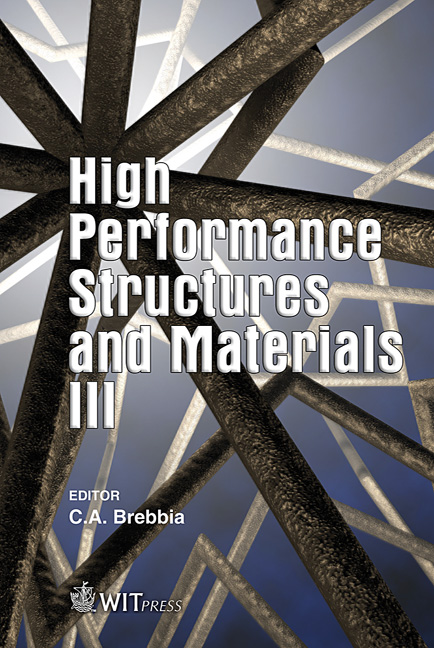Void Growth And Damage Ahead Of A Crack In Pressure-sensitive Dilatant Polymers
Price
Free (open access)
Transaction
Volume
85
Pages
10
Published
2006
Size
1,125 kb
Paper DOI
10.2495/HPSM060491
Copyright
WIT Press
Author(s)
H. B. Chew, T. F. Guo & L. Cheng
Abstract
The deformation of amorphous polymers is highly sensitive to hydrostatic pressure and the plastic flow is non-volume preserving. Failure of these materials is often preceded by the formation of small crack-like defects known as crazes, bridged by the fibrils of the polymer. In this work, a population of discrete voids is placed ahead of a crack within a boundary layer configuration to study the effects of pressure-sensitivity α and plastic dilatancy β on void growth and damage in polymeric materials. Results show that high pressure-sensitivity significantly increases both the intensity and spatial extent of damage, which could promote crazing. These effects can be compounded as the deviation from the associated flow rule, |β – α|, increases. This study offers some evidence of pressure-sensitivity and plastic dilatancy as the major contributing parameters to the formation and growth of microporous crazing zones in polymers. Keywords: void growth, coalescence, pressure-sensitive yielding, plastic dilatancy, polymer. 1 Introduction The ductile fracture of many engineering materials involves the micromechanical process of void growth and coalescence. The fracture surfaces of these materials contain voids of various size-scales. In polymeric materials, the larger voids can originate from cavitated rubber blends or from decohesion of filler particle/polymer matrix interfaces, while shear banding and crazing can induce the formation of the smaller microvoids. The ductile fracture process can be described by mechanism-based computational approaches which employ voidcontaining cell elements [1]. Porous material models, such as the Gurson
Keywords
void growth, coalescence, pressure-sensitive yielding, plastic dilatancy, polymer.





